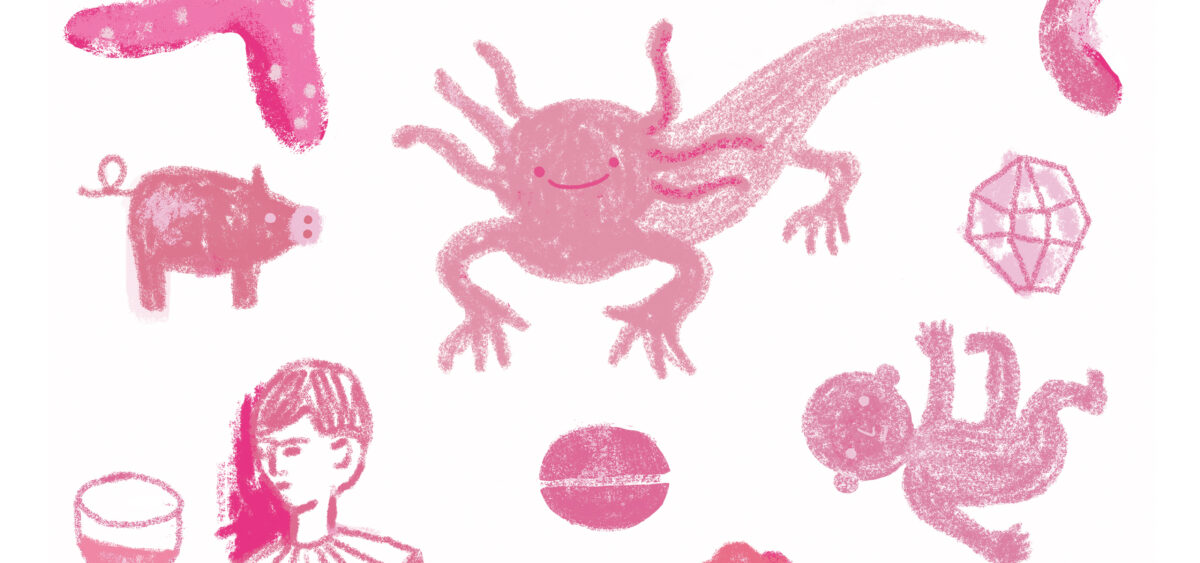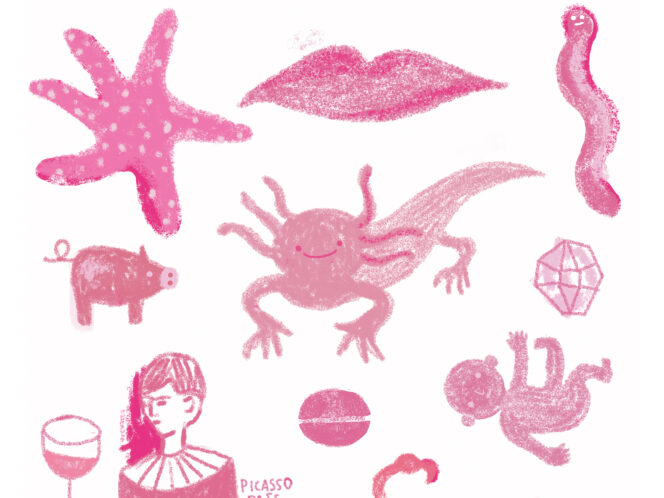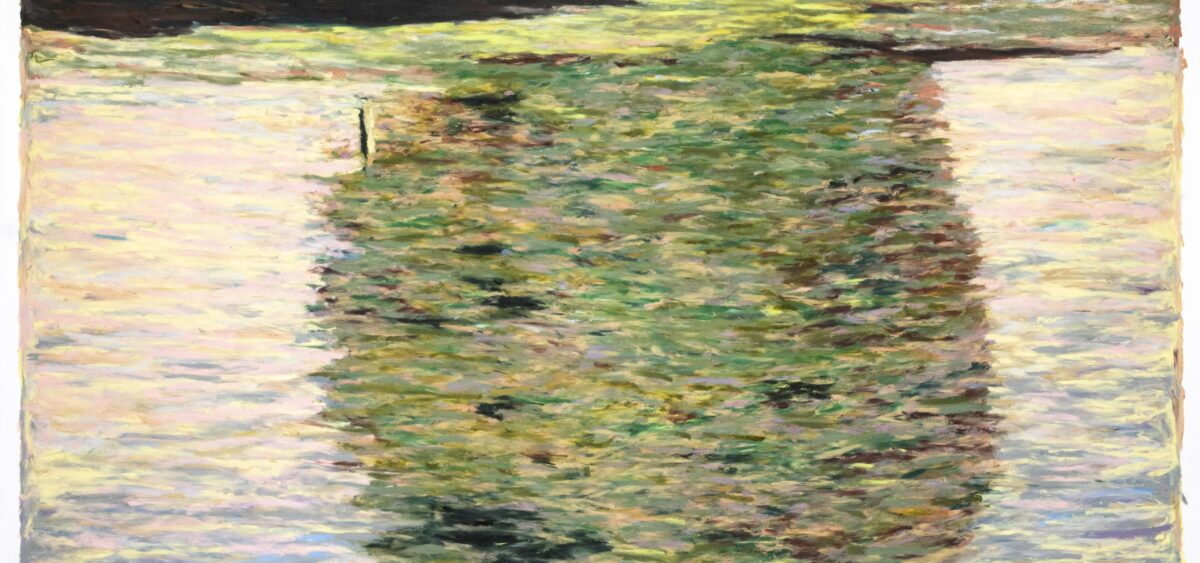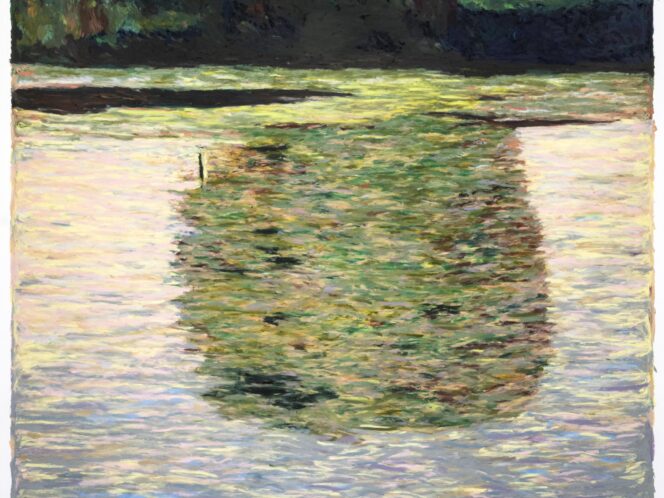
This color is a little like the famous pipe in René Magritte’s picture: it somehow exists, but still it doesn’t. Makes sense, right?
In the 1980s, a football coach at the University of Iowa had a brilliant idea. He ordered the walls of the visiting team’s locker room to be painted pink. The decor, he must have thought, would be a type of psychological pressure on completely unsuspecting opponents. Pink, a color culturally associated at the time with femininity and delicacy, was meant to undermine visitors’ self-confidence and their feeling of physical superiority. In 2005, the university went one step further during a large renovation project, painting the sinks, toilets and showers pink as well. While this did in fact cause many controversies—critics accused the academic decision-makers of trampling on the principles of equality and social justice—the protests didn’t go anywhere, and the locker rooms stayed pink.
The Iowa football players weren’t the first to try psychological tricks using color-based persuasion. In the 1970s similar attempts—also with pink in the starring role—were made by the American researcher Alexander Schauss. Based on his conviction that color has a key significance in regulating human emotions and temperament, in 1979 Schauss got several cells in a penal institution in Seattle painted in a hue we could describe as flamingo pink. The concept was born out of research indicating a reduction in both muscle tension and the general level of aggression in people exposed








